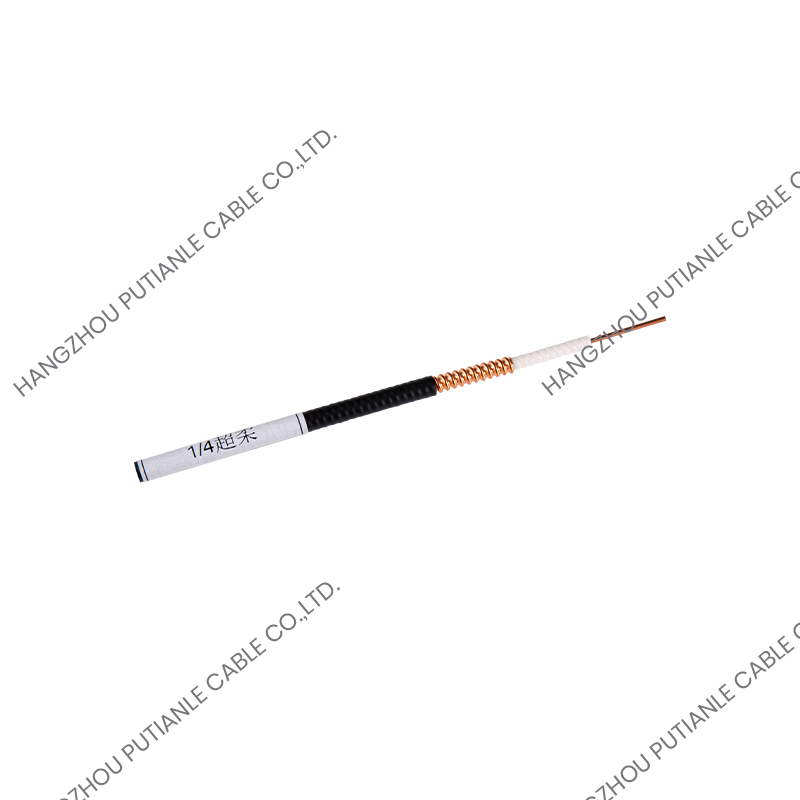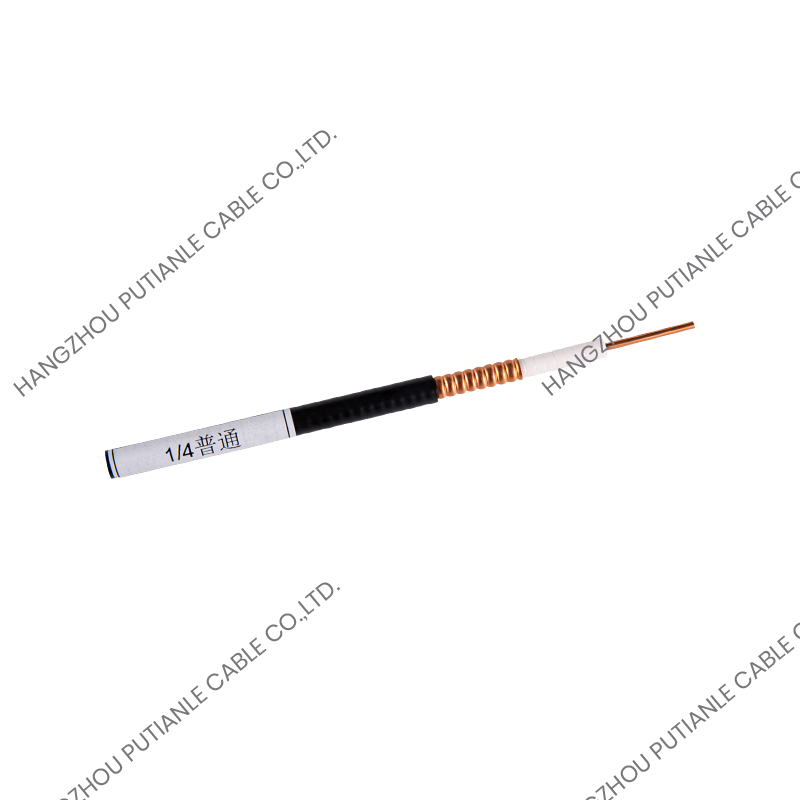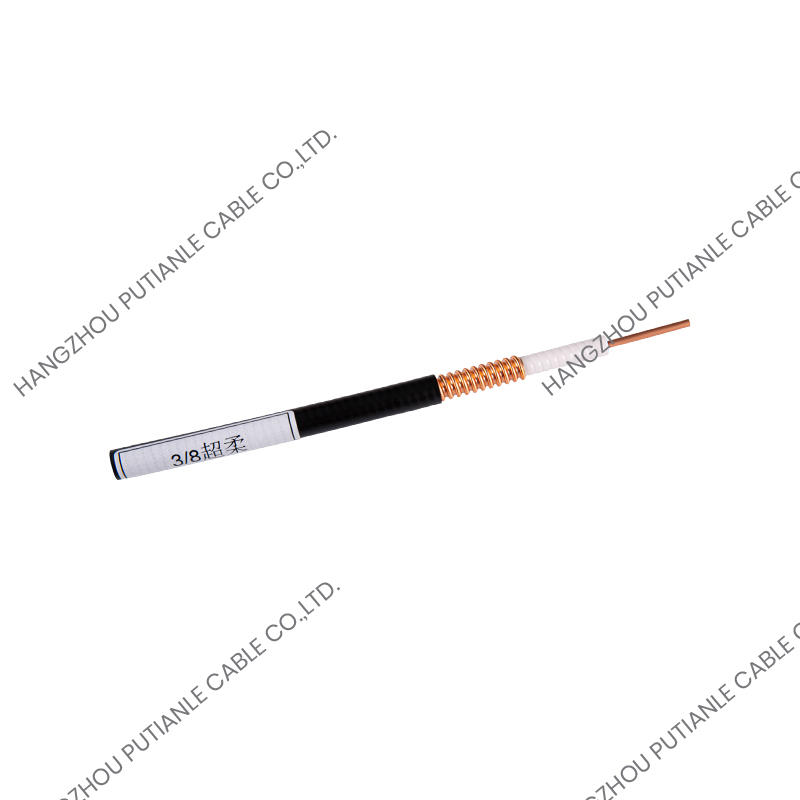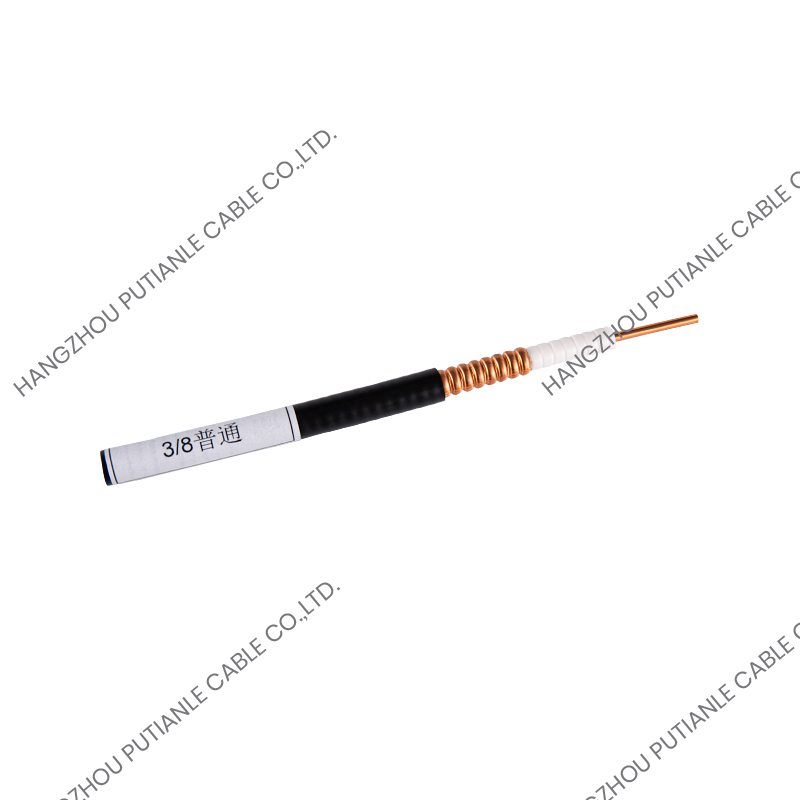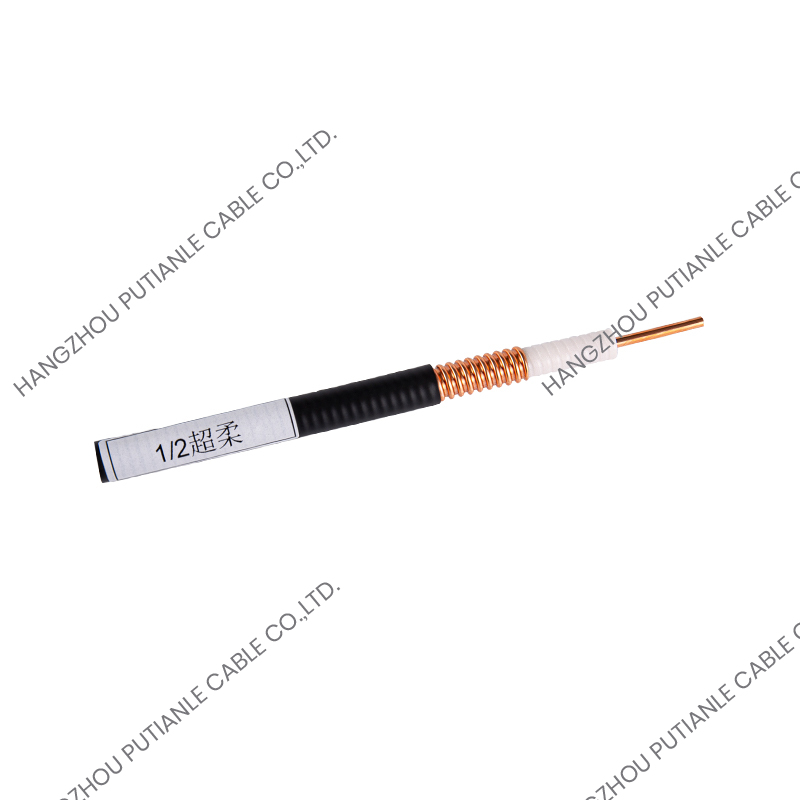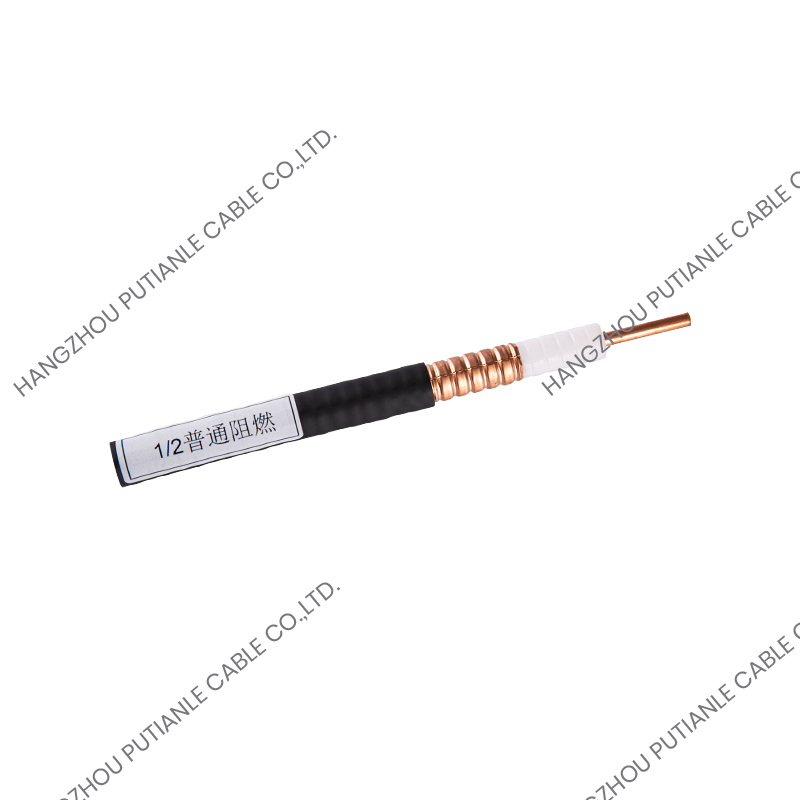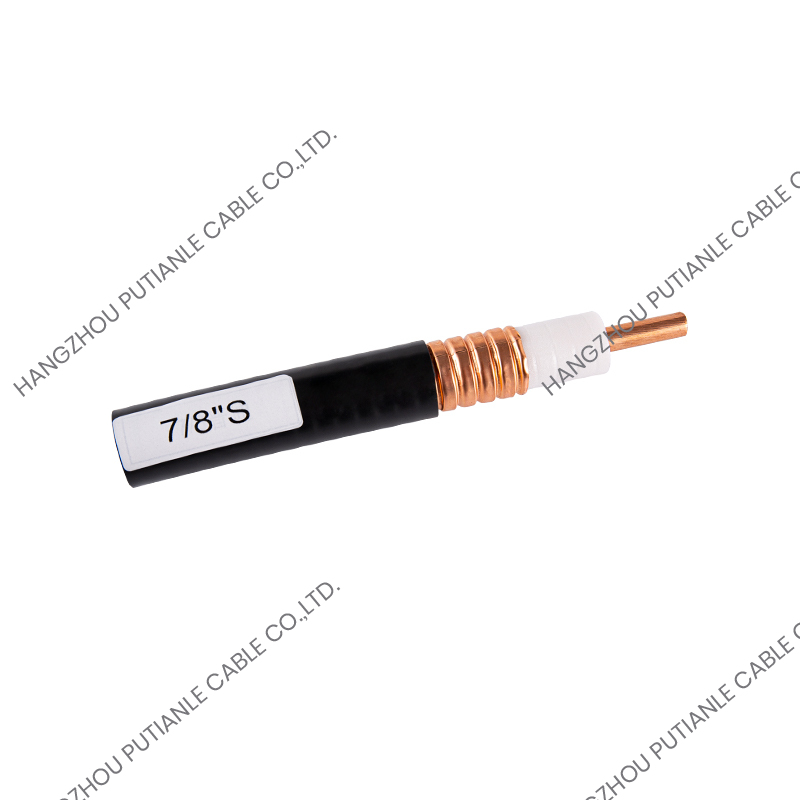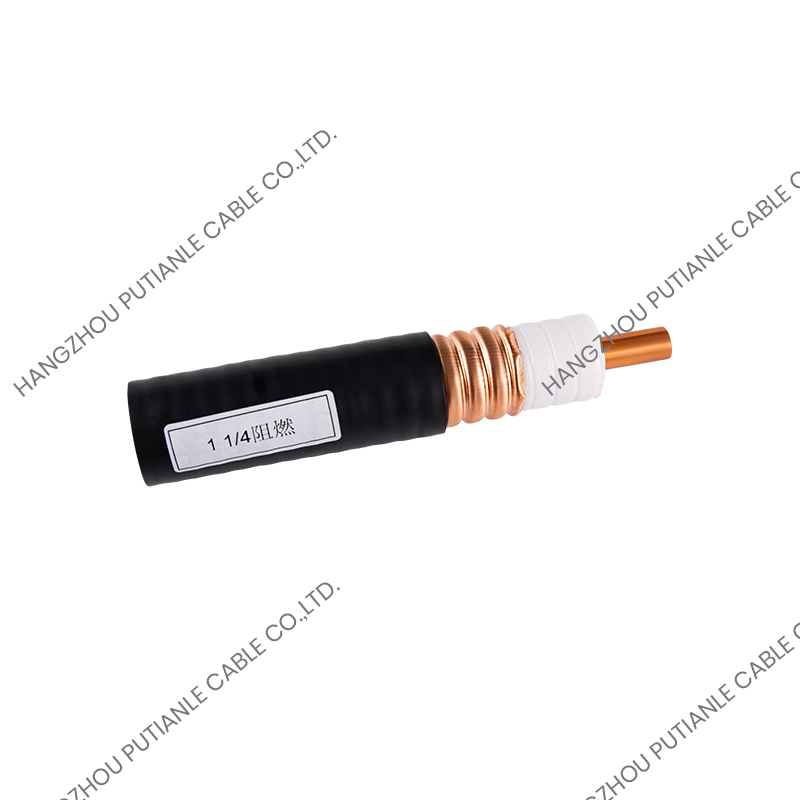Understanding CCTV Coaxial Cables
CCTV coaxial cables are a critical component of any high-resolution surveillance system. They transmit video signals from cameras to recording devices or monitors, ensuring clear and reliable footage. Selecting the right coaxial cable is essential to minimize signal loss, prevent interference, and maintain image quality, especially for HD or 4K systems. Different cable types, materials, and construction techniques can significantly affect performance.
Key Factors to Consider When Choosing CCTV Coaxial Cables
Choosing a suitable CCTV coaxial cable requires evaluating several technical and environmental factors. Each factor affects how well the cable performs over distance and under specific conditions.
Cable Type and Impedance
The most common types of CCTV coaxial cables are RG59 and RG6. RG59 cables have a smaller conductor diameter and are generally used for short-distance connections. RG6 cables, with a thicker center conductor, are better suited for longer distances and higher-frequency signals. Both types typically have a characteristic impedance of 75 ohms, which matches standard CCTV devices to minimize signal reflection and loss.
Conductor Material
High-quality coaxial cables use copper or copper-clad aluminum (CCA) conductors. Pure copper provides lower resistance and better signal quality over long distances. CCA cables are more affordable but may suffer from higher attenuation and reduced longevity. For high-resolution surveillance, copper conductors are generally recommended.
Shielding and Signal Interference
Shielding is crucial to prevent electromagnetic interference (EMI) from affecting video signals. CCTV coaxial cables may feature single, double, or triple shielding, typically using foil and braided layers. Double or triple shielding is preferred in environments with high electrical noise, such as near motors, routers, or industrial equipment, to ensure a clean signal for HD cameras.
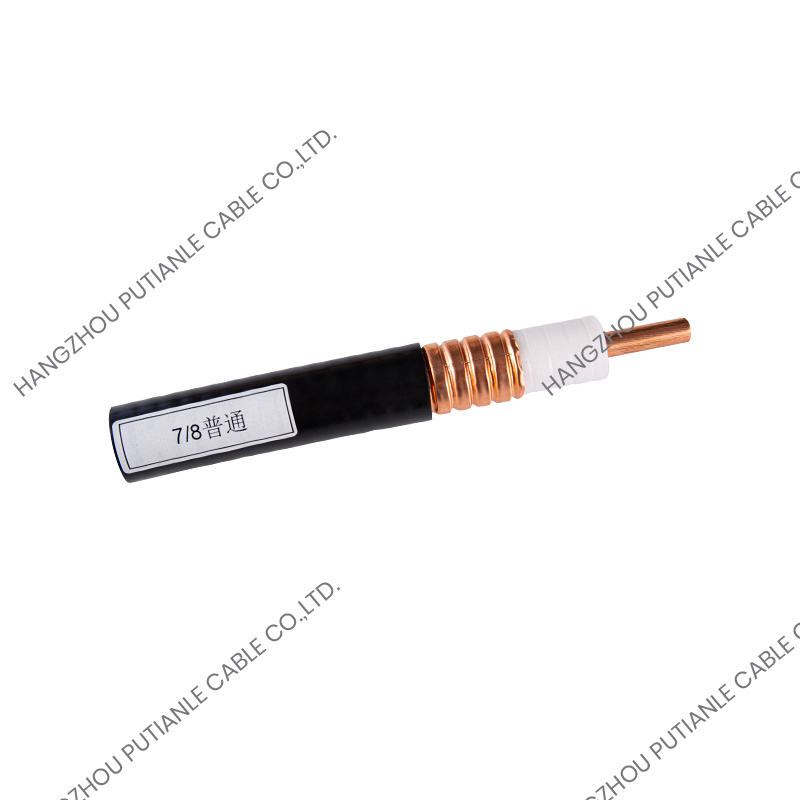
Comparing RG59 and RG6 Cables for High-Resolution Systems
Understanding the differences between RG59 and RG6 helps in selecting the best cable for your setup. While both can transmit video signals, their performance varies with distance and resolution.
| Feature | RG59 | RG6 |
| Conductor Diameter | Smaller, ~18 AWG | Larger, ~16 AWG |
| Maximum Distance for HD | Up to 100 meters | Up to 200 meters |
| Shielding | Typically single or double | Double or triple preferred |
| Best Use | Short-range indoor surveillance | Long-range or high-frequency applications |
| Cost | Lower | Higher |
Environmental and Installation Considerations
The installation environment significantly impacts the cable choice. Indoor, outdoor, and buried installations have different requirements in terms of durability, insulation, and UV resistance.
Indoor Installations
Indoor CCTV systems require flexible cables that can easily route through walls and ceilings. Standard RG59 or RG6 cables with basic shielding are usually sufficient. Low-smoke, flame-retardant jackets enhance safety in commercial buildings.
Outdoor Installations
Outdoor installations expose cables to sunlight, moisture, and temperature variations. UV-resistant jackets, weatherproof insulation, and higher shielding levels are essential. For long distances, RG6 cables with triple shielding are recommended to maintain high-resolution signal quality over hundreds of meters.
Buried or Direct-Run Installations
When cables are buried underground or installed in conduits, they require additional protection against moisture, crushing, and rodents. Direct-burial coaxial cables with gel-filled cores or robust jackets are ideal for these scenarios.
Practical Tips for Maintaining High-Resolution Signal Quality
- Keep cable lengths within recommended maximum distances to prevent signal attenuation.
- Use high-quality connectors and ensure proper termination to avoid signal loss.
- Minimize sharp bends or kinks in the cable during installation.
- Regularly inspect cables for physical damage or wear, especially in outdoor or high-traffic areas.
- Consider using signal boosters or amplifiers for very long runs in HD or 4K systems.
Future-Proofing Your CCTV System
High-resolution cameras continue to evolve, increasing the demand on coaxial cables. Selecting cables with adequate bandwidth, superior shielding, and higher-grade conductors ensures compatibility with future system upgrades. While some modern systems transition to IP and Ethernet-based connections, high-quality coaxial cables remain a reliable choice for many surveillance applications.
Conclusion
Choosing the right CCTV coaxial cable is essential for maintaining high-resolution surveillance quality. Factors such as cable type, conductor material, shielding, installation environment, and distance must all be considered. By selecting the appropriate cable and following proper installation practices, users can ensure clear, reliable video transmission, long-term durability, and future-proof performance for their surveillance systems.


 中文简体
中文简体 English
English Español
Español
